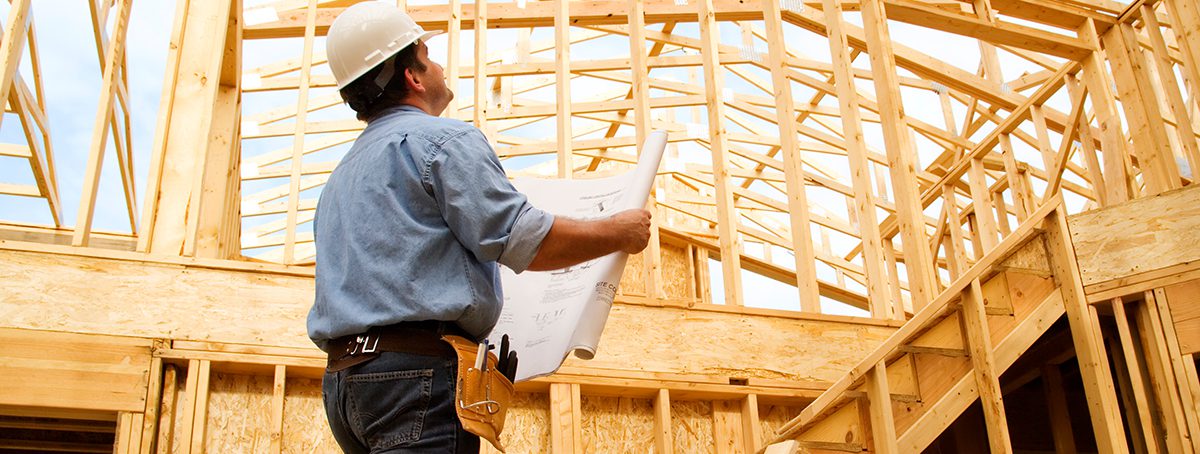Rise & Fall Clauses – a Guide for Builders
Before the COVID-19 pandemic, rise and fall clauses were largely overlooked in the building and construction industry.
The cost of materials was stable, and any risk associated with material cost increases was somewhat predictable.
However, COVID-related shipping delays, and demand for materials surpassing supply due to a boom in construction, has caused a rapid increase in the price of materials which, in fixed price or lump sum contracts, has seen many a builder’s profit margin get quickly absorbed and projects becoming completely unfeasible. As we’ve recently seen, with several residential building companies going into liquidation, the unpredictability has made trading at a profit progressively challenging.
As a result, interest in rise and fall clauses has picked up and it is becoming increasingly popular for contracts to include such clauses
What are they?
Rise and fall clauses, also known as “fluctuation” or “price adjustment” clauses, allow the price in a lump-sum or fixed price contract to increase or decrease in accordance with the fluctuations in supply prices for specific materials and labour. While such a clause provides for both rises and falls in costs, the adjustment is, in the current marked, always almost upwards.
What this means is the homeowner assumes the risk, or part of the risk, of cost fluctuations rather than them being solely covered by the builder.
To date, residential builders have had difficulty including rise and fall clauses in contracts which are being financed. This is due to the bank’s view that a “fixed price” is not in fact “fixed” if the cost of certain materials or labour is subject to rise and fall.
However, recent commentary within the building and construction industry suggests that this attitude may start to change as many competent builders are now factoring additional risk into their lump sum or fixed price quotations which, in turn, is driving the cost of building to an unaffordable point.
As a way of circumventing this ongoing trend, the inclusion of a rise and fall clause may in fact allow for more competitive prices and it is likely we’ll see them appear in contracts more often.
Drafting requirements
As noted above, usually rise and fall clauses will apply to specific materials or labour as opposed to the entire contract sum.
By applying rise and fall to specific materials and/or labour, each item will fluctuate separately in accordance with the formula included in the clause.
Rise and fall clauses must include a formula that is to be applied to calculate the price variance.
The formula inserted should reference:
- the labour or materials which will be impacted;
- the price of the labour or materials at the time the contract is signed;
- the applicable price index which will determine the rise (or fall). As an example, the “Input to the House construction industry” index published by the Australian Bureau of Statistics (ABS);
- the time when the rise and fall of prices is to be calculated (known as “the reference date”);
- the percentage of the price fluctuation that is to be passed on.
A rise and fall clause must be clearly drafted, comprehensive and precise. When rise and fall clauses are vague or contain ambiguity, the court’s function is to attribute meaning to the language used by the parties unless it is impossible to do so.
Given the complexity surrounding the drafting of rise and fall clauses, and the unexpected ways in which rise and fall clauses can be applied, legal advice or review is critical.
To speak with Simmons Wolfhagen Hobart or Launceston legal team about a Building and Construction Law matter call our Hobart office 03 6226 1200 or Launceston 03 6338 2390.
Or contact us by email today.


